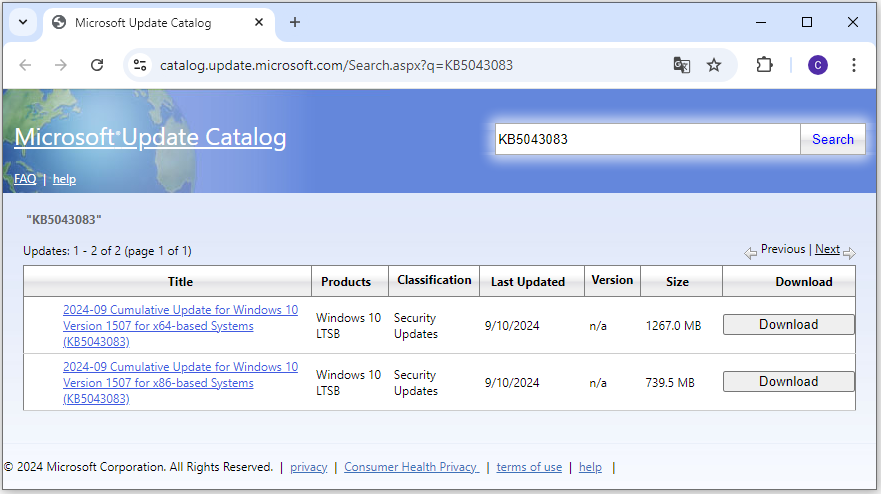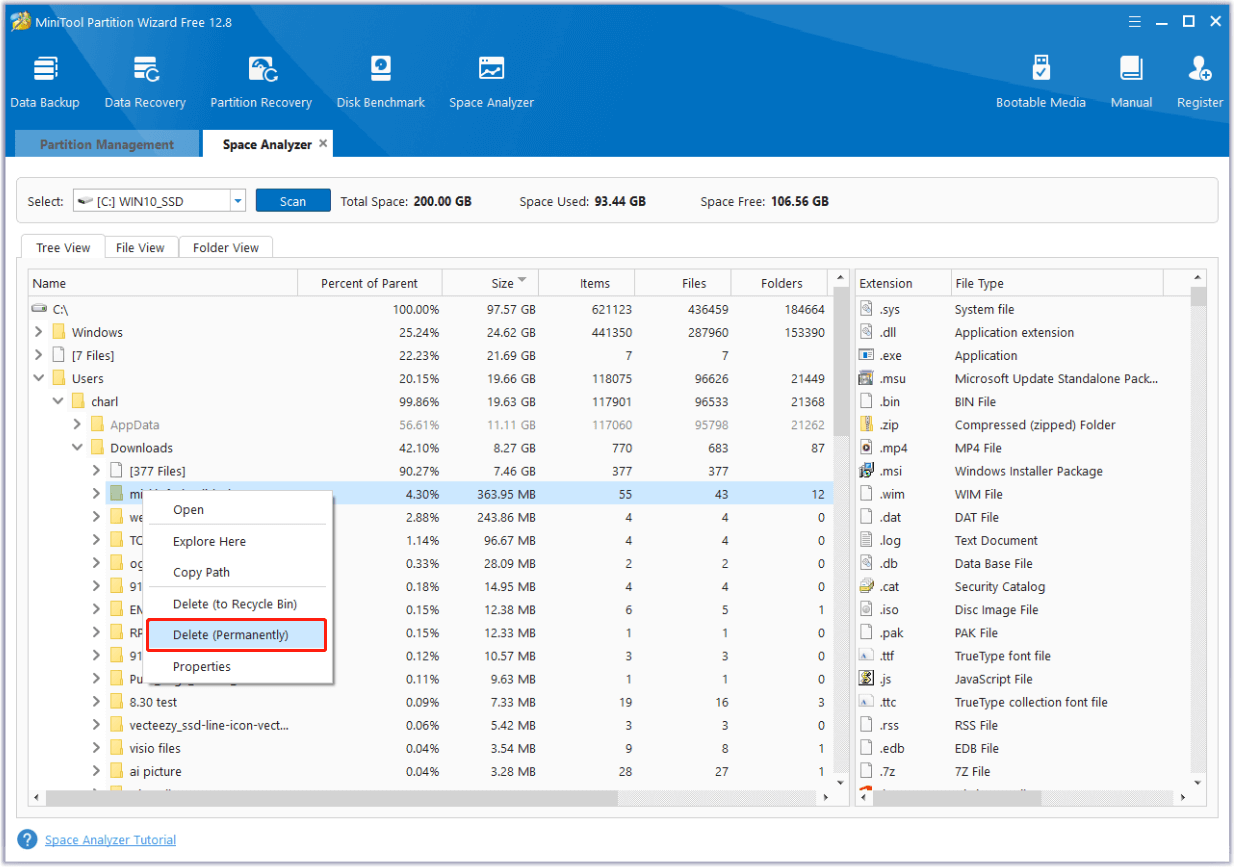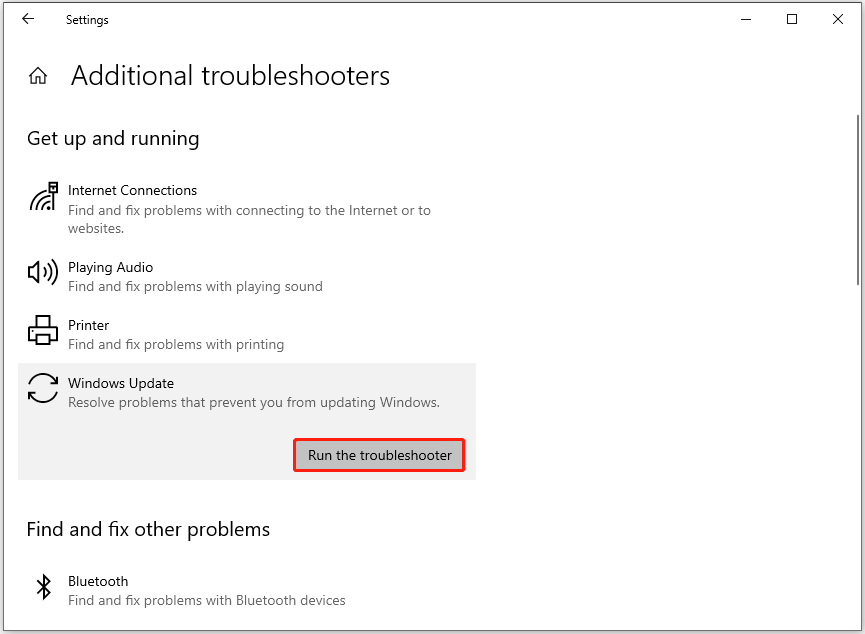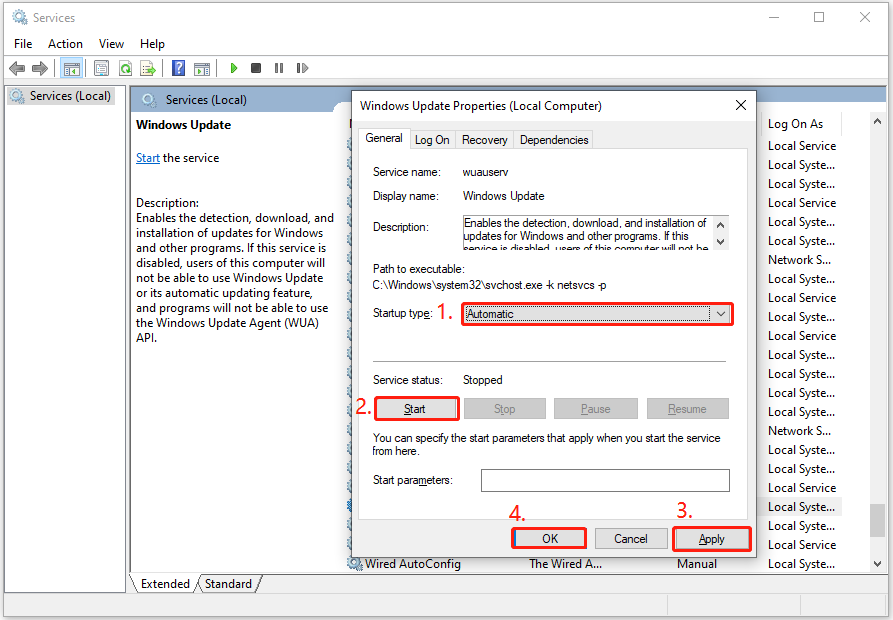Introductions to Windows 10 update KB5043083
KB5043083 (OS Build 10240.20766) is an update released on September 10, 2014, for Windows 10 LTS 1507. This update addresses security issues for your Windows operating system. Furthermore, it also takes some improvements, mainly in these aspects:
- Windows Installer
- Dual boot of Windows and Linux (known issue)
If you installed earlier updates, only the new updates contained in this package will be downloaded and installed on your device.
How to Download and Install KB5043083
How to download and install the Windows 10 LTS 1507 update KB5043083? Here, you can find a full guide.
Before You Install the Update
Before you install this September 10, 2024 update, you must first install the September 10, 2024, servicing stack update (SSU) (KB5043936). If your device or offline image does not have this SSU, you cannot install any LCUs released after that date.
The latest SSU(KB5043936) will be offered automatically if you use Windows Update. After installing the SSU, you can install the LCU. WSUS admins must approve both the SSU (KB5043936) and LCU(KB5043083).
Download and Install KB5043083
If you have already installed KB5043936 on your computer, you can download and install KB5043083 from the Microsoft Update Catalog with the following steps:
- Open your browser, and go to the Microsoft Update Catalog website.
- Type “KB5043083” in the search box and click Search.
- Select the corresponding version of KB5043083 and click Download next to it.
- Click the link in the pop-up window.
- Run the downloaded file and follow the on-screen instructions to install Windows 10 update KB5043083 on your PC.

6 Solutions to Fix KB5043083 Fails to Install Issue
If installing the Windows 10 update KB5043083 manually is still unable to fix the KB5043083 not installing issue, you can try the following methods.
Method 1. Perform Disk Cleanup
If you don’t have enough free space on your disk, you can encounter the Windows 10 update KB5043083 not installing issue easily. In this case, you can try running Disk Cleanup to get more free space. To do that, you can refer to this post: 12 Ways to Open Disk Clean-up on Your Windows Computer?
In addition to using Disk Cleanup, you can also use MiniTool Partition Wizard to remove unwanted files and then get more free space. It provides the Space Analyzer feature to help you scan and lay out the usage of your disks.
Besides, this feature-rich tool can also help you partition hard drive, check disk for errors, clone a hard drive, rebuild MBR, convert MBR to GPT, and more. Here’s how to use the Space Analyzer feature:
MiniTool Partition Wizard FreeClick to Download100%Clean & Safe
- Download and install MiniTool Partition Wizard on your computer.
- Launch this app to enter its main interface.
- Click Space Analyzer from the top toolbar.
- Select your system partition from the drop-down menu.
- Then, click Scan.
- Right-click the unwanted file/folder and select Delete (Permanently).

Method 2. Check System Files
Corrupted system files may also trigger the KB5043083 not installing issue. So, you can try running SFC and DISM to fix corrupted system files and then solve the Windows 10 update KB5043083 fails to install issue. Here’s the way:
Step 1. Press the Win + S keys simultaneously to open the Search window.
Step 2. Type “cmd” in the search box, right-click Command Prompt under Best Match, and then select Run as administrator.
Step 3. Type “sfc /scannow” and press Enter in the elevated Command Prompt window.
Step 4. Once the process is complete, restart your PC and check if the error has been resolved. If not, you can continue and do a DISM scan. Here are the DISM commands:
- DISM.exe /Online /Cleanup-image /Scanhealth
- DISM.exe /Online /Cleanup-image /Checkhealth
- DISM.exe /Online /Cleanup-image /Restorehealth
Step 5. Once done, try downloading and install the Windows 10 LTS 1507 update KB5043083 again to check if the issue has been resolved.
Method 3. Run the Windows Update Troubleshooter
What’s more, you can also try the Windows Update troubleshooter to solve the KB5043083 not installing issue. Here’s the guide:
- Press the Win + S keys simultaneously to open the Search window.
- Type “troubleshoot settings” in the search box and press Enter.
- Click Additional troubleshooters in the pop-up window.
- Choose Windows update and click Run the troubleshooter.
- Follow the on-screen instructions to complete the process.

Method 4. Reset Windows Update Components
Windows update components play an important role in the Windows update process. If there is anything wrong with them, you can take this post as a reference to reset Windows update components: How to Reset Windows Update Components in Windows 11/10?
Method 5. Check Update Related Services
If there is anything wrong with the Windows update-related services, you can also encounter the KB5043083 fails to install issue. In this case, you can try restarting all the update related services to fix the issue. Here’s how to do that:
Step 1. Press the Win + R keys to open the Run window, type “services.msc”, and then press Enter.
Step 2. In the Services window, double-click Windows Update from the list.
Step 3. Select Automatic from the drop-down menu of Startup type, and click Start under the Service status section. Then, click Apply and OK to save the changes.

Step 4. Next, do the same operations with Cryptographic Services and Background Intelligent Transfer Service.
Step 5. Once done, restart your PC and check if you fixed the Windows update error 0x8024a22d successfully.
Method 6. Try Some Advanced Ways
If none of the above ways can help you fix the KB5043083 fails to install issue, you can try the following ways:
In Conclusion
This post not only introduces a full guide on downloading and installing KB5043083 but also provides some useful ways to troubleshoot the KB5043083 not installing issue. If you have the same need, you can try these methods one by one until the error gets fixed.

User Comments :